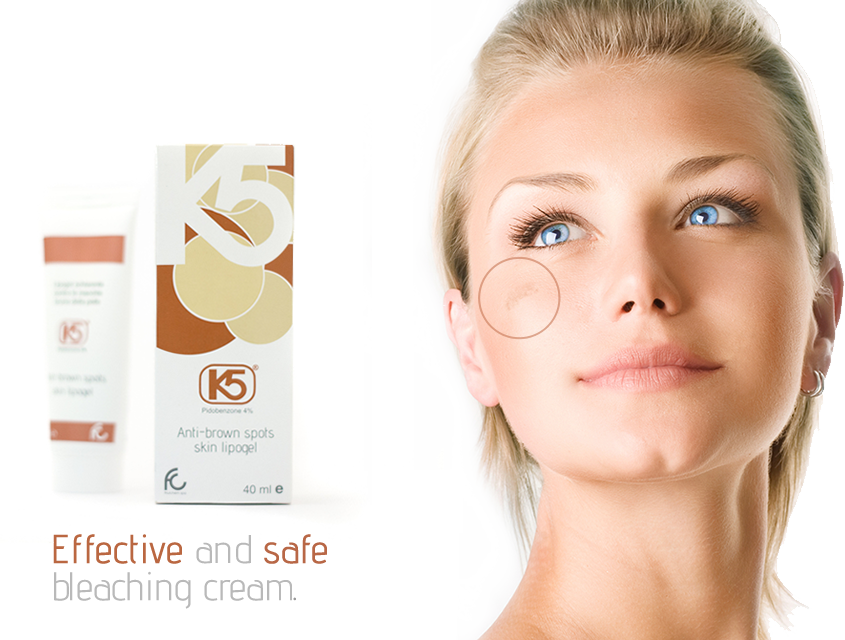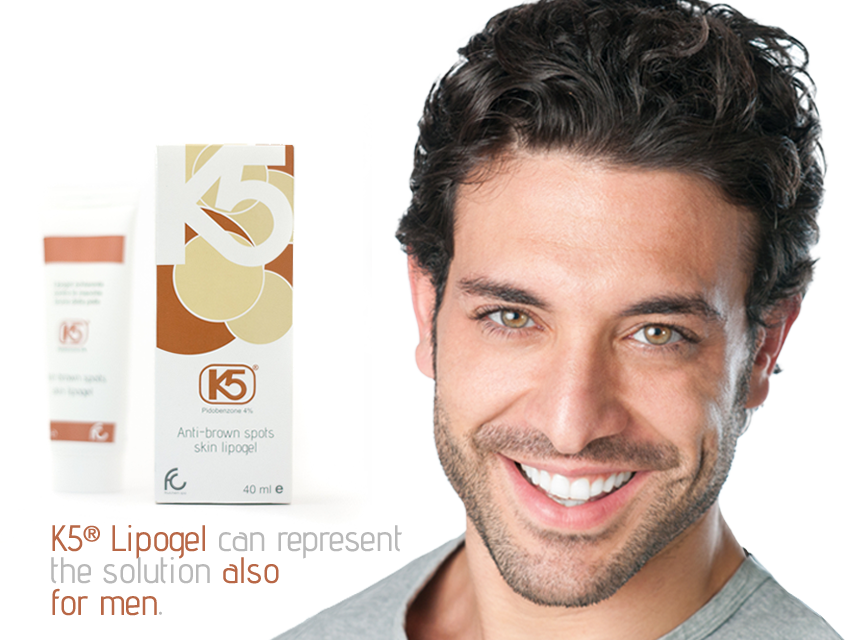The skin undergoes many changes over time, and this is evident if you compare the skin of a child with that of an elderly. The main cause of these differences is the reduction of skin thickness which is equivalent to a loss of about 6% per decade of life.
What elements of the skin are decreased leading to this difference in thickness?
- The number of dermal cells and the level of vascularization this layer;
- The number of epidermal cells even if the number of cell layers does not change;
- The lipid content in aged skin (also by 65% compared to young skin);
- The production of sebum that covers the skin (reduced by up to 60%);
- The rate of cell renewal, such as the production of collagen and elastin;
- The number of fibroblasts and, consequently, the hyaluronic acid produced by them;
- The thickness of the dermal-epidermal junction that flattens by more than one third in older people as a result of the loss of dermal papillae and interdigitation between layers;
- The ability to bind water by the amino acid component, resulting in a drier skin in the elderly;
- The rate of enzymatically active melanocytes, and what would be the basis of the uneven pigmentation of older people (age spots).
Some changes are also related to cell morphology as in the case of keratocytes, which become larger and shorter, or corneocytes, which become larger as a result of the reduced cellular change.
Among all these changes at the base of the formation of wrinkles there would be especially the flattening of the dermal-epidermal junction which would result in the reduction of the contiguous surface between the two layers. The cells would thus receive a reduced nutritional intake and less oxygen and the risk of dermal-epidermal separation would also be favored. Fortunately, this process occurs very slowly, so as not to be perceived by the person concerned.


